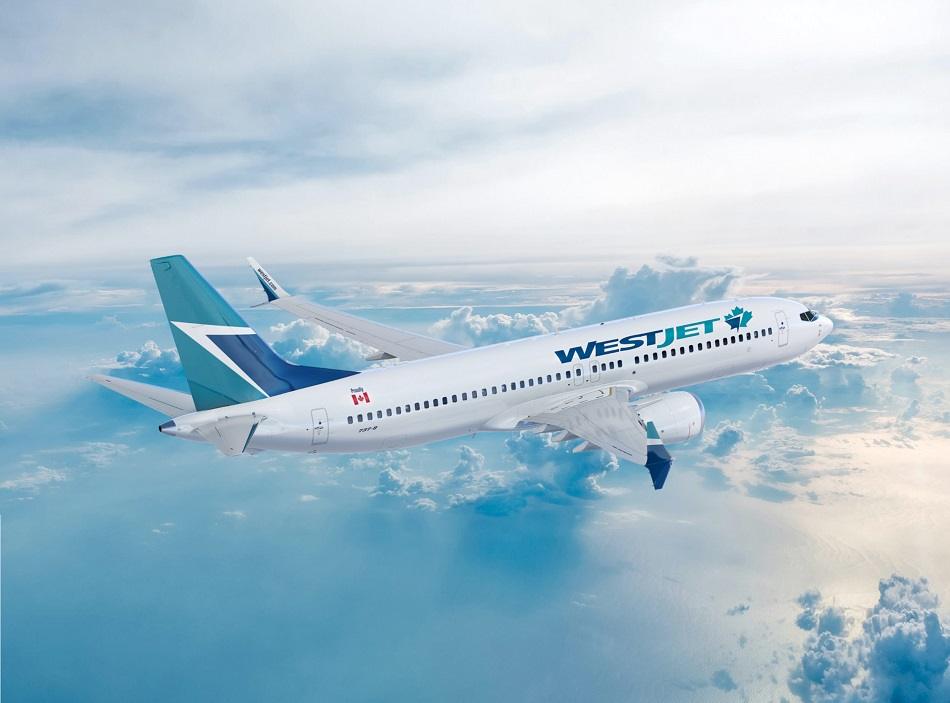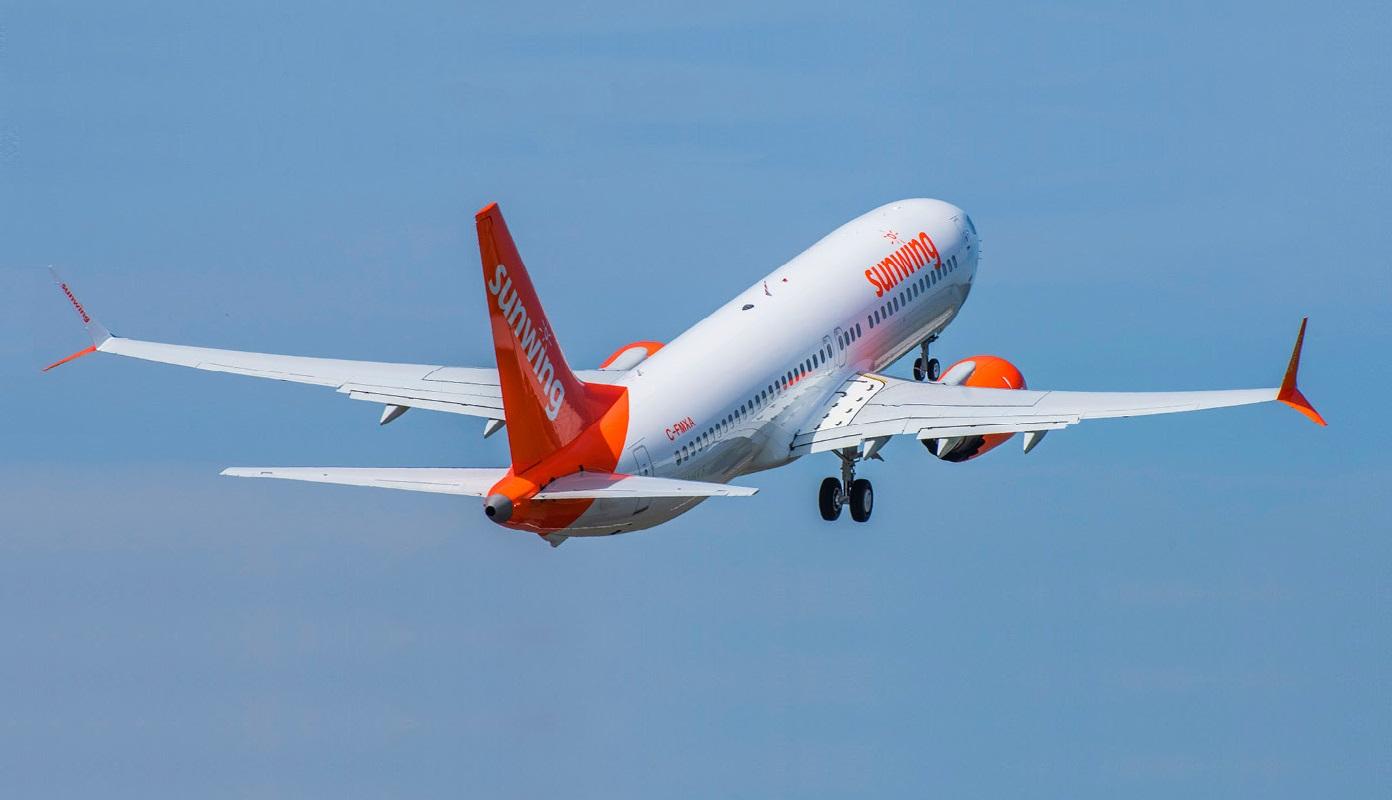On Thursday, Transport Canada announced that it has validated the changes that Boeing made in the Boeing 737 MAX, for its return to service. However, the organisation has also stated that it expects to see more changes in procedures and training.
This validation is the first step towards the issuing of a formal airworthiness directive, that will return the aircraft in service. This is likely to come in January. However, the validation means that users of the 737 MAX in Canada can now begin to implement these changes. The three Canadian users of the aircraft are Air Canada, WestJet and Sunwing.

As we saw already in FAA’s validation, the requisite changes to the aircraft can take substantial time. They involve both software and hardware, requiring many hundreds of man hours to complete. And since the aircraft in question have been sitting for a while, more work will be necessary, to get them out of storage. However, some of this work may already be underway, if the airlines are keen to use the aircraft quickly.
Canada’s Own 737 MAX Requests
Transport Canada has an additional requirement for the 737 MAX. It wants to see a way for pilots to silence the stick-shaker, in situations where pilots may be getting conflicting warnings. The agency wants Boeing to propose ways to make this happen. Also, they want to see the relevant changes in training and procedures, to allow this to take place.
This is something we already saw in EASA’s suggestions for the aircraft’s recertification. The two authorities seem to disagree with the FAA, which generally doesn’t want pilots to have to deal with circuit breakers during an emergency. It is likely that Boeing’s proposal for Canada Transport will involve adding coloured collars to selected circuit breakers in the 737 MAX.

This will make the stick shaker breakers more visible, as per EASA description. At a later stage, Boeing may come up with an alternative way to silence the stick shaker, without involving any circuit breakers. We may see this when it is time for the 737 MAX-10 to enter service.
An Inclusive Process
Transport Canada also makes special mention of briefing the relatives of Canadian victims in the Ethiopia accident. They did so before going public with Thursday’s validation announcement. Additionally, the authority has briefed pilot and cabin crew unions in Canada, about its 737 MAX recertification steps. Overall, Transport Canada seems keen to pre-empt any doubts in the process.
When it comes, the return of the 737 MAX to service in Canada will be an important step. So far, the three countries that have approved the aircraft are the United States, Brazil and Mexico. Following FAA’s approval in the US, the other American countries decided to allow the aircraft’s return on FAA’s conditions. Canada takes a different approach.

Transport Canada was directly involved in the process to return the jet to the skies. This included both test flights and participation in the Joint Operational Evaluation Board (JOEB). The latter also includes EASA. Perhaps then it is not surprising that Transport Canada’s additional requests for the MAX, closely resemble those in EASA’s proposed changes.
The JOEB may be an organisation worth keeping in mind. After the 737 MAX, aviation authorities in Canada and elsewhere may well work more directly together, in new aircraft certifications. And Boeing’s 777X is just around the corner…



